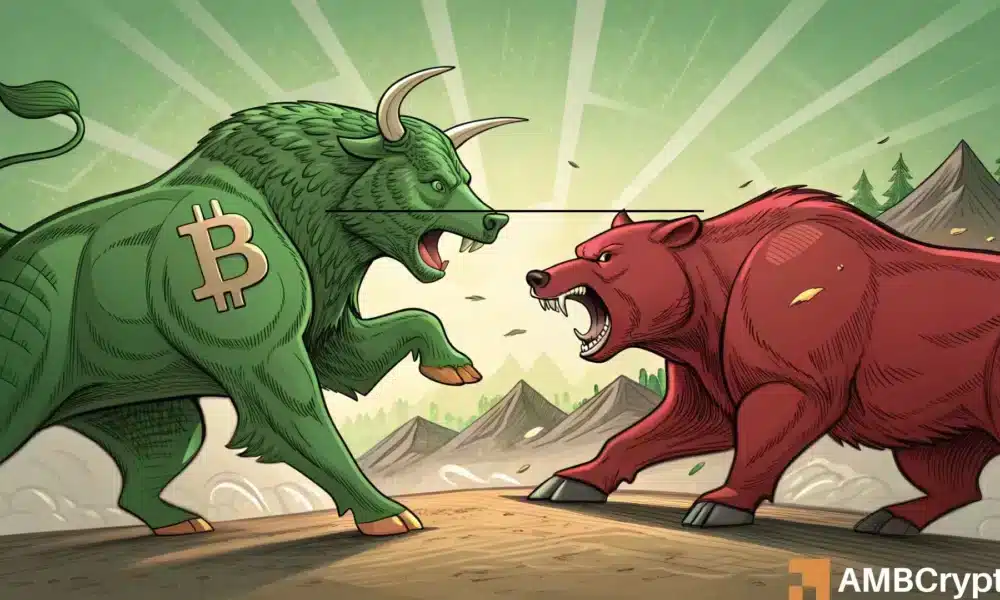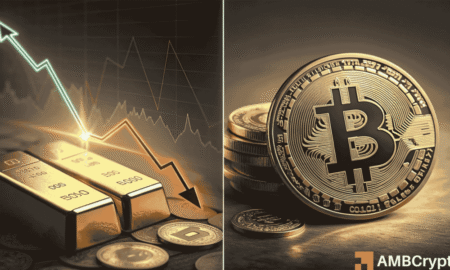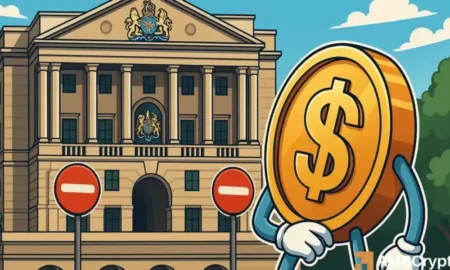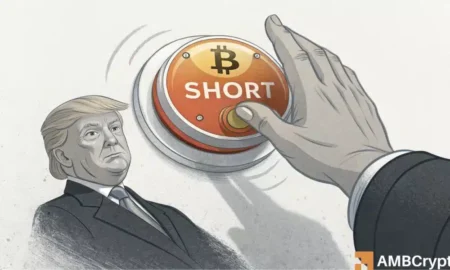Understanding the Recent Decline in Bitcoin Prices: An In-Depth Analysis
Bitcoin (BTC), the pioneering cryptocurrency, has recently experienced a notable price drop, hitting lows of $110,641—marking a 1.76% decline in just 24 hours and around 9.28% over the week. This downturn has sparked discussions among investors regarding the driving forces behind the dip and what it means for the future of Bitcoin. While short-term bearish sentiments persist, the fundamentals suggest that the overall bullish trend may still be intact.
Key Factors Influencing Bitcoin’s Price Decline
One major factor contributing to Bitcoin’s decline is increased selling pressure, particularly from Binance, one of the largest cryptocurrency exchanges. According to insights from CryptoQuant, multiple bearish market indicators point to Binance’s traders as pivotal in driving the recent sell-off. For instance, the Coinbase Premium— a gauge of buying interest from U.S. investors— remains relatively high despite Bitcoin’s price falling. This discrepancy indicates that Binance’s selling pressure is outweighing the interest to buy from U.S. investors.
Additionally, Binance’s Funding Rate has shown a negative trend, remaining so for four consecutive days. This suggests that traders on Binance are betting against Bitcoin, positioning themselves for further declines. Finally, the Taker Buy Sell Ratio has dropped to its lowest levels in over a year, highlighting aggressive selling activity. The Futures Taker Cumulative Volume Delta (CVD) also remained negative throughout the week, underscoring seller dominance in the derivatives market.
Is Bitcoin’s Bull Cycle Facing an End?
Despite the bearish indicators emerging from Binance, there are signs that point to the continuation of a bullish trend overall. On-chain data suggests that fundamentals remain strong, with whale accumulation indicating solid market conviction. Interestingly, while the selling pressure from Binance is significant, it does not reflect the broader market sentiment. Whale and megawhale activities show ongoing accumulation, and the Whale and Exchange Balance Change has recently dropped to monthly lows, confirming this bullish sentiment.
Moreover, Bitcoin’s Reserve Risk ratio, a technical indicator that reflects the level of holder conviction, has also shown a declining trend since October 6. Presently sitting at around 0.0094, the ratio indicates that long-term holders are far less inclined to sell. This high level of conviction among holders implies that Bitcoin may be undervalued at this moment, creating an accumulation opportunity for determined investors.
Short-Term Holder Sentiment Remains Strong
It’s noteworthy that short-term holders (STHs) have shown resilience amid this bearish pressure. The STH Sell Side Risk has dropped to 0.001%, revealing that these holders are not incentivized to sell their assets at a loss. Their reluctance to dump their Bitcoin positions suggests optimism about a potential rebound in prices, especially as market conditions stabilize.
Thus, while the market may currently appear bearish due to the selling pressure on Binance, the absence of motivation to sell among STHs hints at a large segment of investors anticipating a resurgence in Bitcoin’s price. This could lead to renewed buying interest as investors capitalize on perceived opportunities within the market.
What Lies Ahead for Bitcoin?
The immediate future of Bitcoin hangs in the balance, as it faces significant bearish pressure on Binance. Market analysts suggest that if this pressure continues, Bitcoin could test lower supports around the $108,469 mark. Conversely, if bullish momentum, particularly from whales, manages to intervene, Bitcoin could first aim to reclaim the $112,702 level, subsequently setting its sights on $115,000.
The next few days will be critical in determining the direction of Bitcoin’s price movement. Should the bulls succeed in regaining control, it could signal a renewed upward trajectory, reinforcing the belief that the bullish trend is not yet over.
Conclusion
In summary, the recent price decline of Bitcoin is largely attributable to selling pressure from Binance, underscored by bearish market indicators. However, despite this short-term weakness, on-chain data and whale accumulation point towards a continued bullish sentiment across the broader cryptocurrency landscape. As Bitcoin navigates this turbulent phase, short-term holders remain optimistic, and the overall bullish structure remains intact. Investors and market participants should carefully monitor developments in the coming days, as they may signal the next phase in Bitcoin’s ongoing journey.
By understanding these dynamics, investors can better position themselves to either capitalize on the volatility or hedge against risks in a continually evolving marketplace.
















